|
Do you know your warp from your weft? There’s an easy way to remember which is which. Weft goes Left to Right, so that means the Warp is the one that runs vertically through the fabric, and generally needs to be stronger because it gets stretched onto the loom. Our expert weaver, Angela Pawlyn, talks through how she got started in weaving and what influences her work. Angela got started when she and her mum went to the lake district after her father died. Her mum started to study weaving, spinning and natural dyeing, and Angela has since taken on all of her mum’s equipment and is now a prolific weaver. She has done some work with Martin Weatherhead, a full-time designer craftsman in Pembrokeshire who teaches weaving. His methods of threading up the loom are the ways which Angela has adopted. How do you start a weaving project? The first thing to do is to make the warp, which as we now know are the lengthways threads that go onto the loom. Angela explains that this is the most difficult part of the process, and, on a two day course this is what you will learn to do in some detail. The warp creates the overall design pattern for your final piece. Angela likes to add dyes and colours and knotting to the warp and it then creates additional complexities and textures in the pattern. She will typically put about 15 foot of warp directly onto the loom; this would be enough for several scarves. Choosing the weft yarns and getting them ready will be next, then the process of weaving can begin with moving shuttles and beaters, keeping the weave flat and tight. There are so many different types of looms, yarn combinations and weaving techniques to get to grips with, but the basics can be picked up in either a one or two day workshop. Becoming an artisan weaver however, will become a lifetime’s work and passion. But such a practical skill! Favourite inspirations Angela loves the Isles of Scilly and is a frequent visitor. Many of her 'Weave a Scene' pieces are inspired by the Isles. She inspired us so much that we took a trip there this Summer. You can see why artists return again and again to this exquisite destination - the light, colours, terrain, food and people are delightful. Angela’s favourite woven article is difficult to pinpoint. She loves playing with colour but is also fascinated with making patterns. She likes to focus on what she is doing and so typically doesn’t want to have to constantly refer to a pattern. But Angela believes it’s easy enough to develop a pattern of your own without too much trouble. For example, her great nephew (at the ripe old age of five!) had a go at a forward slope. He then reversed the slope and created a series of wonderful symmetrical patterns. It came very naturally to him. He loved to do it and always asked, ‘can we do some weaving today?’ on his visits. Colour Colour fascinates Angela, and she loves it when they combine well; the wrong choices can really grate however. In her Isles of Scilly landscape and seascape designs, she often does some of her own dyeing for these pictures, using the more modern acid dyes. With natural dyes, there are so many yellows, so the palette is somewhat limited. You can over-dye them with blues, she explains, so the overall effect will still stay quite naturalistic. But many good colours, especially when you are thinking about seascapes and landscapes, just don’t come from the natural dyeing process. Turquoise is missing from the natural dye palette and purple too, and essential to capture the beautiful Scilly Isles Atlantic tones. Angela explains that you can get purple from sea snails. Obviously not quite as environmentally friendly as ‘natural dyeing’ sounds, and that particular sea snail population did become endangered, so Angela prefers a modern alternative! Dahlia petals are also good for natural dyes, and Angela has achieved some lovely orange tones this way. Best Gadget About the time Angela gave up her full time work to concentrate on weaving full time, she got arthritis in her hands, which she mentioned to a friend. Tassel making (the twined chords on the ends of scarves) was really hard on the hands at this time, so Angels’a friend sent her a chord maker (see it in action in the video below). She says this is always great fun for children to do. We love this gadget too! If you would like to see more of Angela Pawlyn's workshops>> or hear more about her work, please do join us for a loom weaving workshop and create your own inspirational designs.
0 Comments
Your comment will be posted after it is approved.
Leave a Reply. |
Blog categories
All
Author:
|
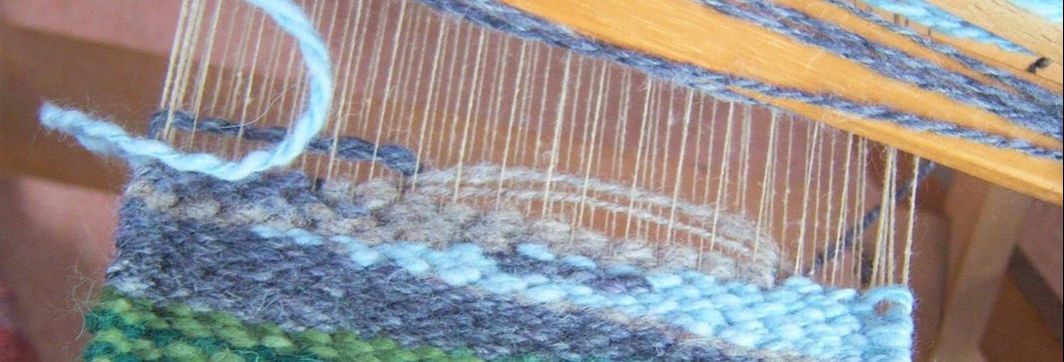
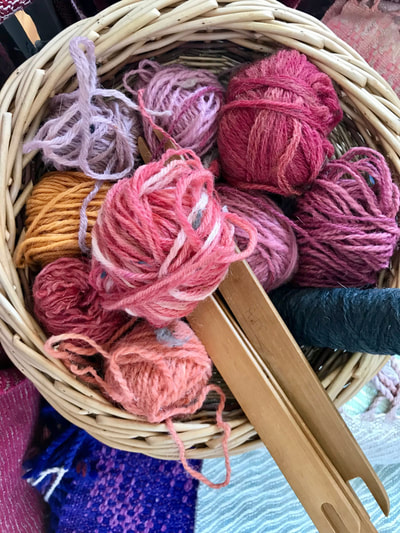
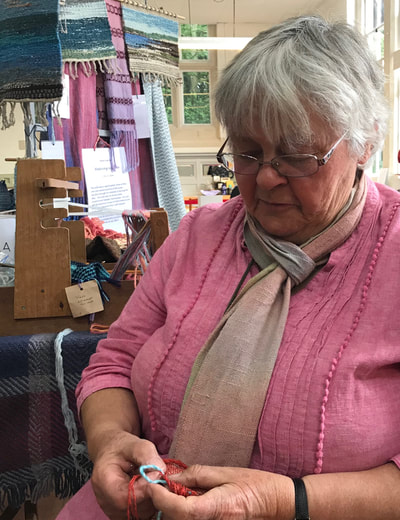


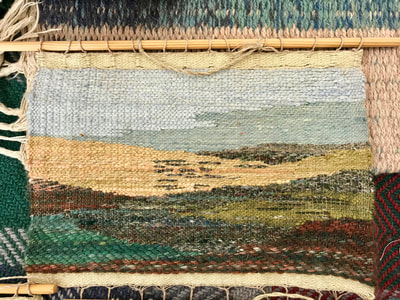
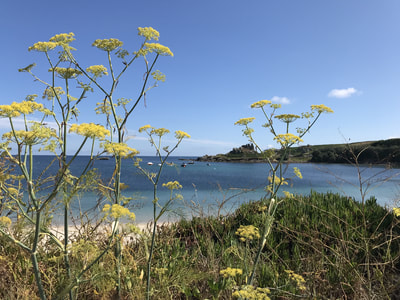
 RSS Feed
RSS Feed